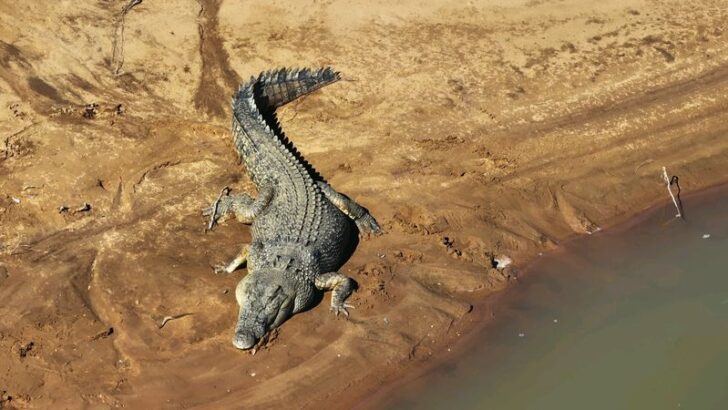Some animals don’t have mercy. They strike without warning, overpower without effort, and remind us that nature isn’t just beautiful—it’s brutal. These creatures aren’t just dangerous; they *own* their status as the most feared in the wild.
Some kill with a single bite. Others use venom so potent it can drop a full-grown human in minutes. And then there are the ones that don’t *need* poison or speed—just raw strength and the patience to wait for the perfect moment.
Whether they slither, stalk, or lurk beneath the surface, these animals command respect. Get too close, and you might not get a second chance.
From the deepest oceans to the thickest jungles, here are the 20 deadliest animals you never want to meet.
Box Jellyfish
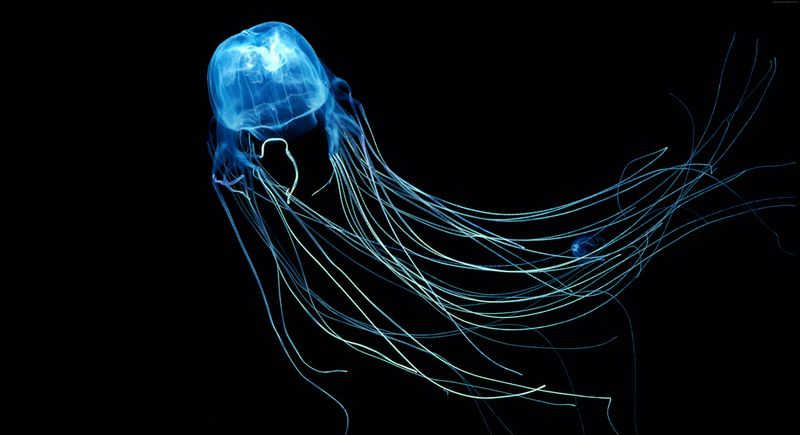
These creatures are a swimmer’s nightmare, lurking in the waters of the Indo-Pacific region. Known for their cube-shaped frames, they possess tentacles with venom so potent it can cause heart failure.
In the water, their nearly invisible bodies make them a hidden threat.
Encounters can be fatal if immediate medical attention isn’t available. The tentacles’ stings deliver a venomous punch, causing excruciating pain.
Remember to heed warnings in jellyfish-prone areas.
Saltwater Crocodile
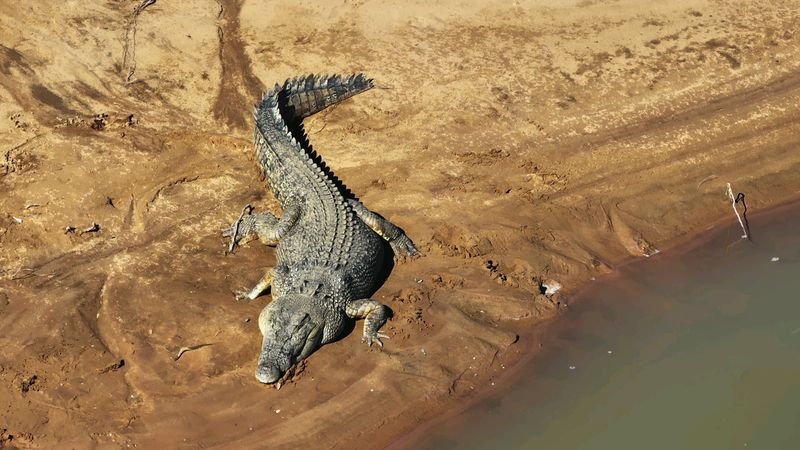
Reigning as the largest living reptiles, these apex predators dominate the waters from India to Australia. Armed with a crushing bite, they can take down prey effortlessly.
Their stealthy nature makes them formidable hunters.
Often found lurking in murky waters, they ambush their prey with lightning speed. Humans must exercise caution in crocodile-inhabited regions, as these creatures aren’t picky eaters.
Respect local advisories for safe water entry.
African Elephant
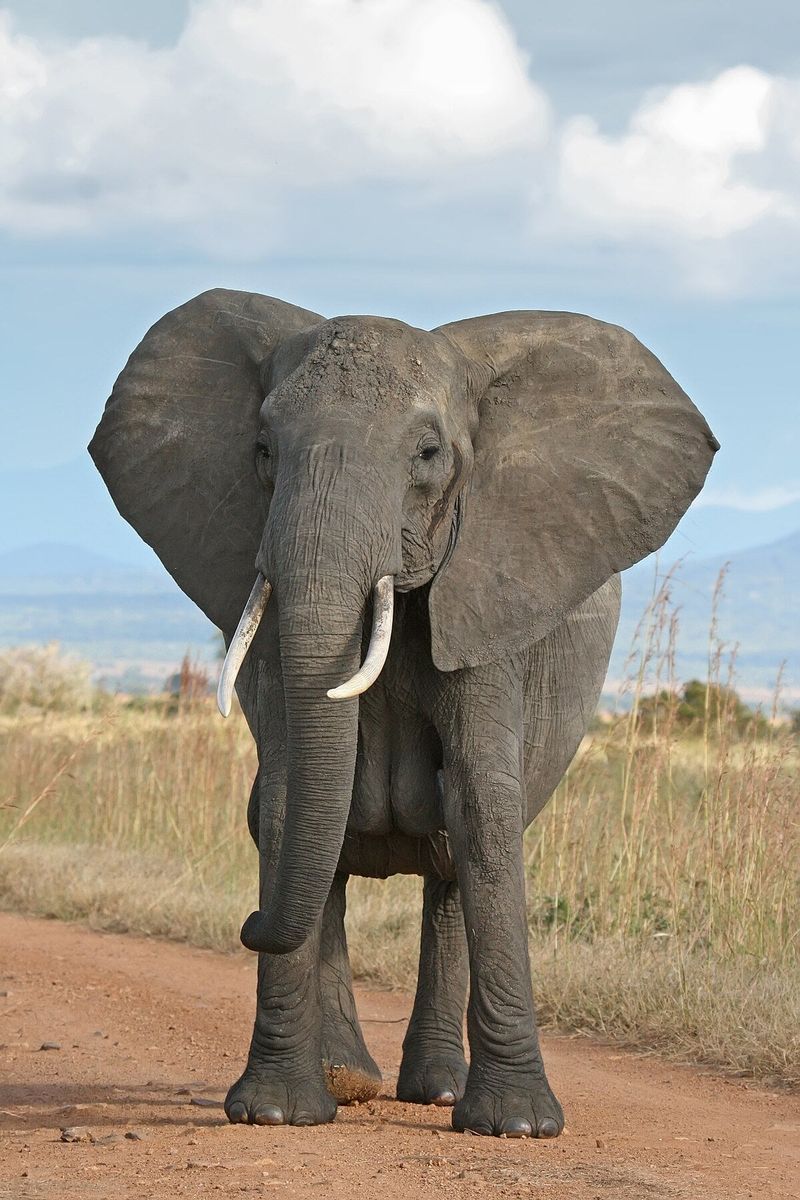
Surprisingly, the gentle giants of Africa can become aggressive when threatened. Despite their herbivorous diets, elephants can exhibit unpredictable behavior.
Weighing up to 6,000 kg, their sheer size is daunting.
Charges from elephants are dangerous, causing destruction in their path. Humans are advised to maintain a safe distance, especially during breeding seasons.
Conservation areas provide viewing opportunities with less risk.
Hippopotamus
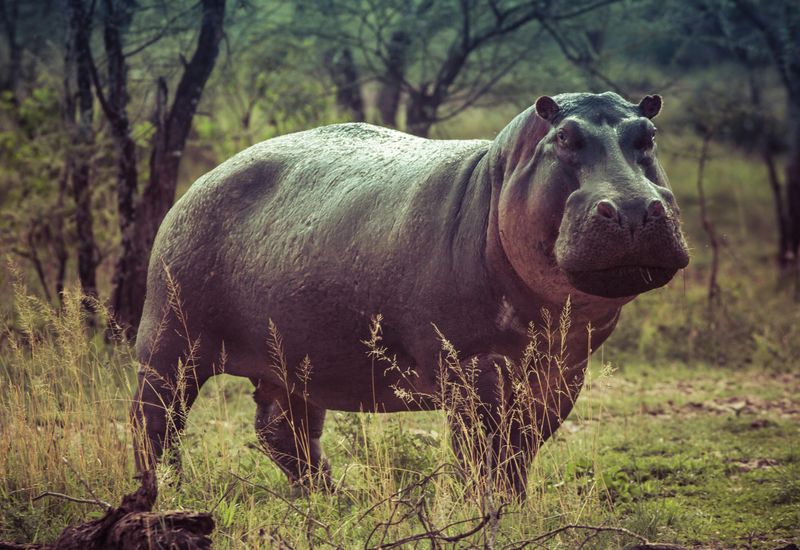
Often underestimated, hippos are deceptively dangerous. Despite their bulky appearance, they possess surprising agility and speed.
In Africa, they cause more human fatalities than most large animals.
With massive jaws capable of crushing bones, they defend their territory fiercely. Hippos can capsize small boats, making river passages risky.
Maintain a safe distance and never provoke these territorial giants.
Cape Buffalo
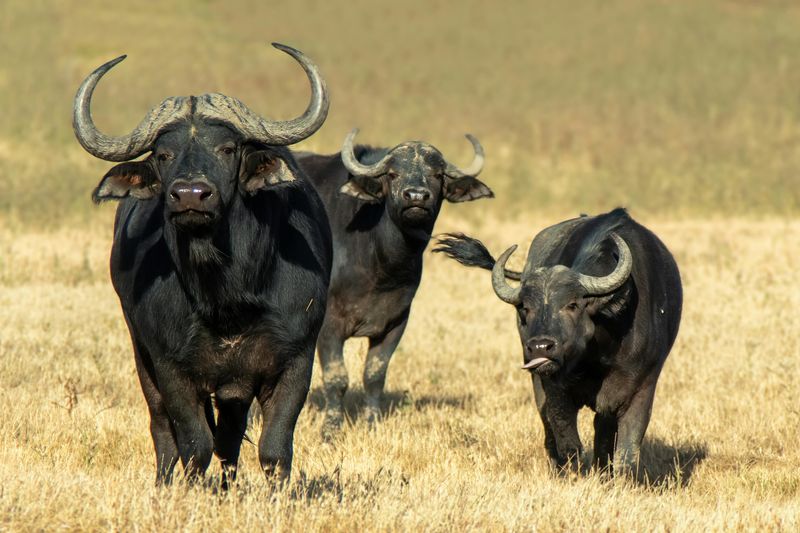
Also known as the Black Death, the Cape Buffalo is a force to be reckoned with. Residing in the African savannas, these animals are unpredictable. When threatened, they charge with relentless force.
Able to outrun most predators, they are not to be underestimated. Encountering a Cape Buffalo calls for caution, as their powerful build and sharp horns can cause significant harm.
Always approach wildlife with respect.
Poison Dart Frog
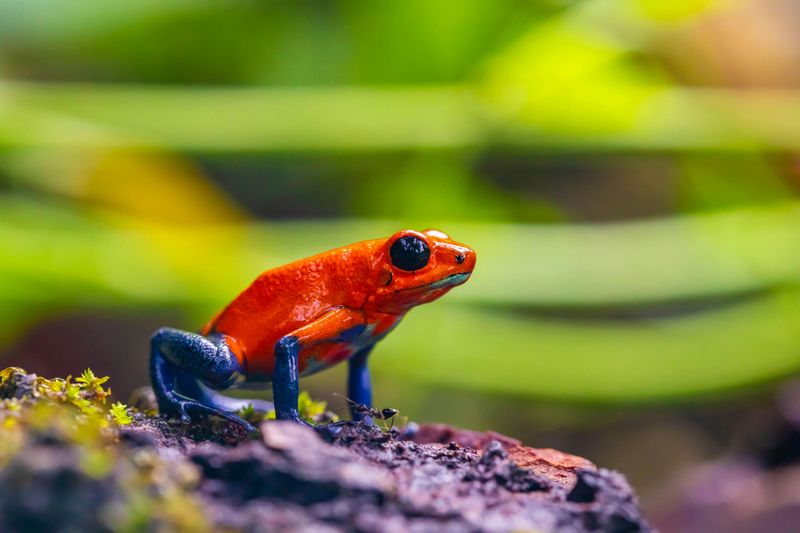
Brightly colored yet lethally toxic, poison dart frogs are a paradox of beauty and danger. Found in Central and South America, their skin secretes potent toxins used by indigenous tribes for hunting.
Even touching these frogs can be hazardous. The vibrant colors serve as a warning to potential predators. Admire these amphibians from a distance, and never handle them without expert supervision.
Pufferfish
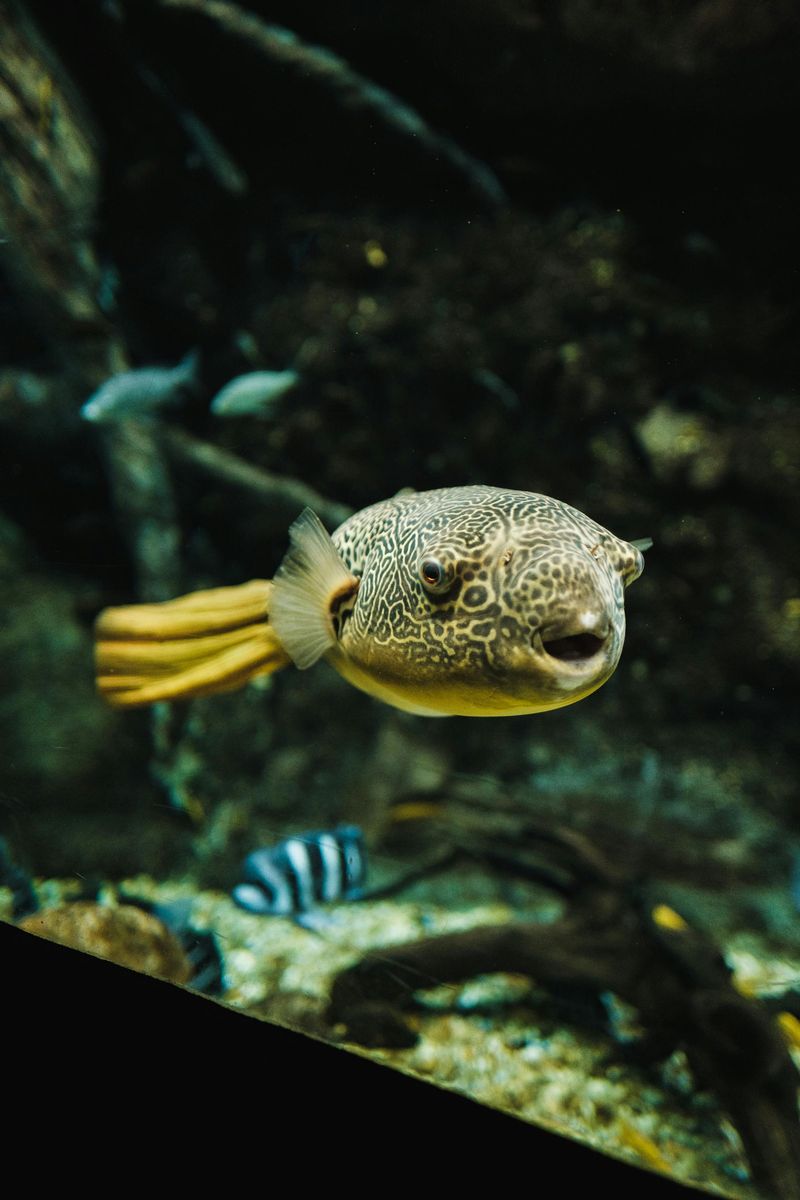
Pufferfish might look adorable, but they harbor a deadly secret. The tetrodotoxin in their organs is over a thousand times more poisonous than cyanide. This toxin paralyzes muscles, leading to asphyxiation.
Common in warm marine waters, pufferfish should be left alone. Even a small mistake in preparation can be fatal if consumed. If you’re tempted to try fugu, ensure it’s prepared by certified chefs only.
King Cobra
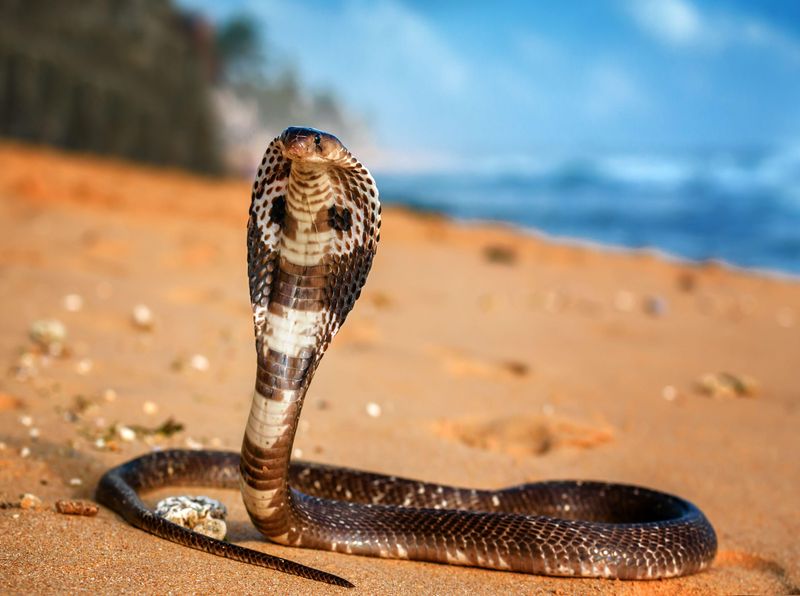
The King Cobra, with its imposing hood, commands attention and respect. Found in the forests of Southeast Asia, it’s the longest venomous snake on the planet.
A single bite delivers enough neurotoxin to kill an elephant.
Despite their fearsome reputation, they avoid confrontation unless provoked. When encountered, it’s best to back away slowly.
King Cobras are a testament to the need for awareness and respect in their habitats.
Cone Snail
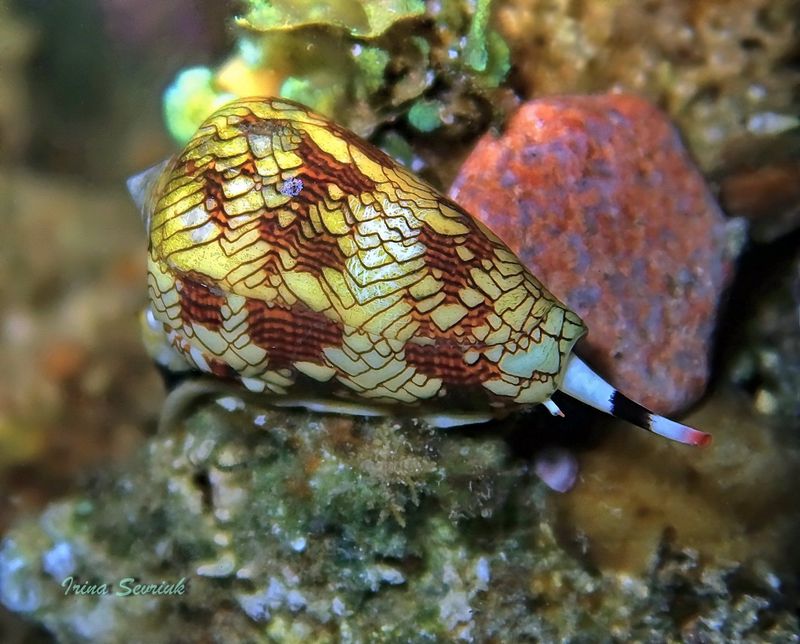
Don’t be fooled by the elegant shell of the cone snail. These marine mollusks are equipped with a harpoon-like tooth that delivers venom capable of paralyzing fish and humans alike.
Found in tropical oceans, they lurk in coral reefs and sandy bottoms. Handling them can prove fatal, as their venom contains a complex cocktail of toxins.
Appreciate their beauty from afar and avoid contact.
Mosquito
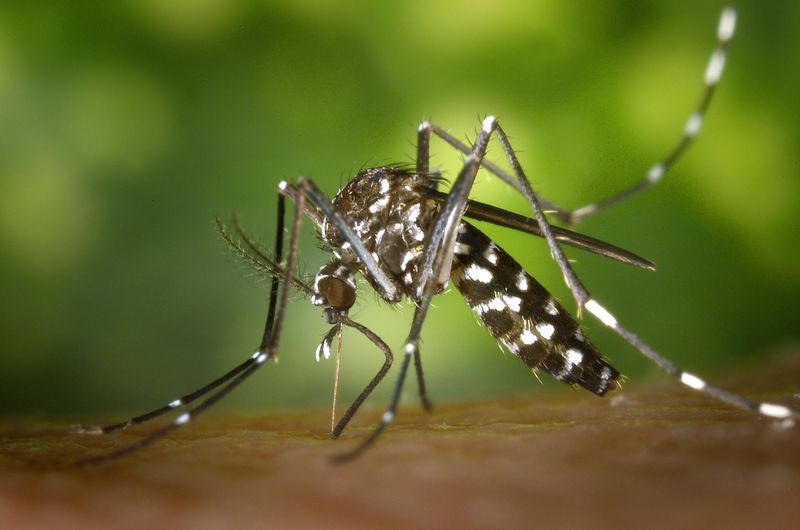
Tiny yet terrible, mosquitoes are perhaps the deadliest animals globally due to their disease-spreading capabilities. Transmitting malaria, dengue, and Zika, their impact on human health is profound.
Residing in nearly every corner of the world, their presence is often underestimated. Using insect repellent and nets can help mitigate their threat.
Vigilance is key, especially in regions where mosquito-borne diseases are prevalent.
Blue-Ringed Octopus
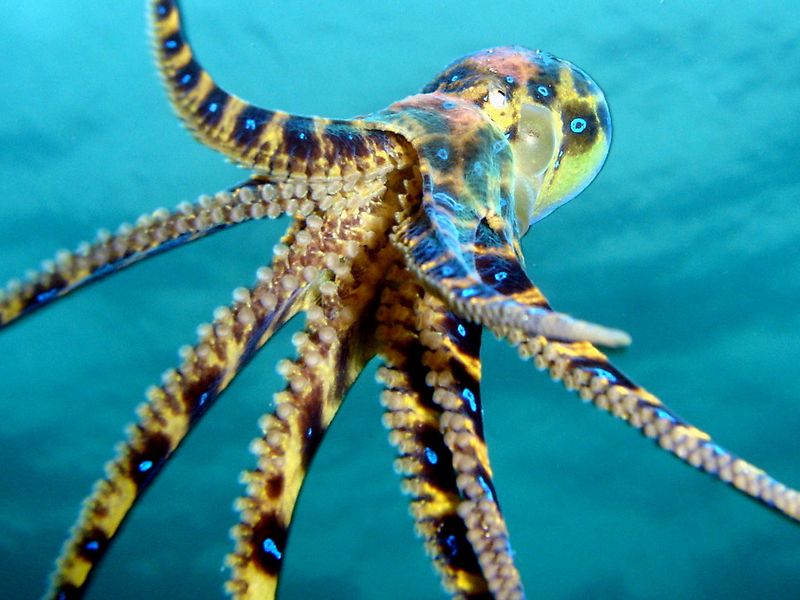
The blue-ringed octopus may be small, but it’s packed with venomous power. Found in the warm waters of the Pacific Ocean, this pint-sized predator is recognized by its bright blue rings.
One bite is enough to inject a potent neurotoxin that can lead to paralysis and, in severe cases, death. Despite its deadly nature, it’s a master of disguise, often camouflaging itself among the rocks and coral.
If you ever spot its vivid rings, it’s a warning sign to stay clear. Observing from a distance is the safest choice when encountering this mesmerizing yet dangerous creature.
Komodo Dragon
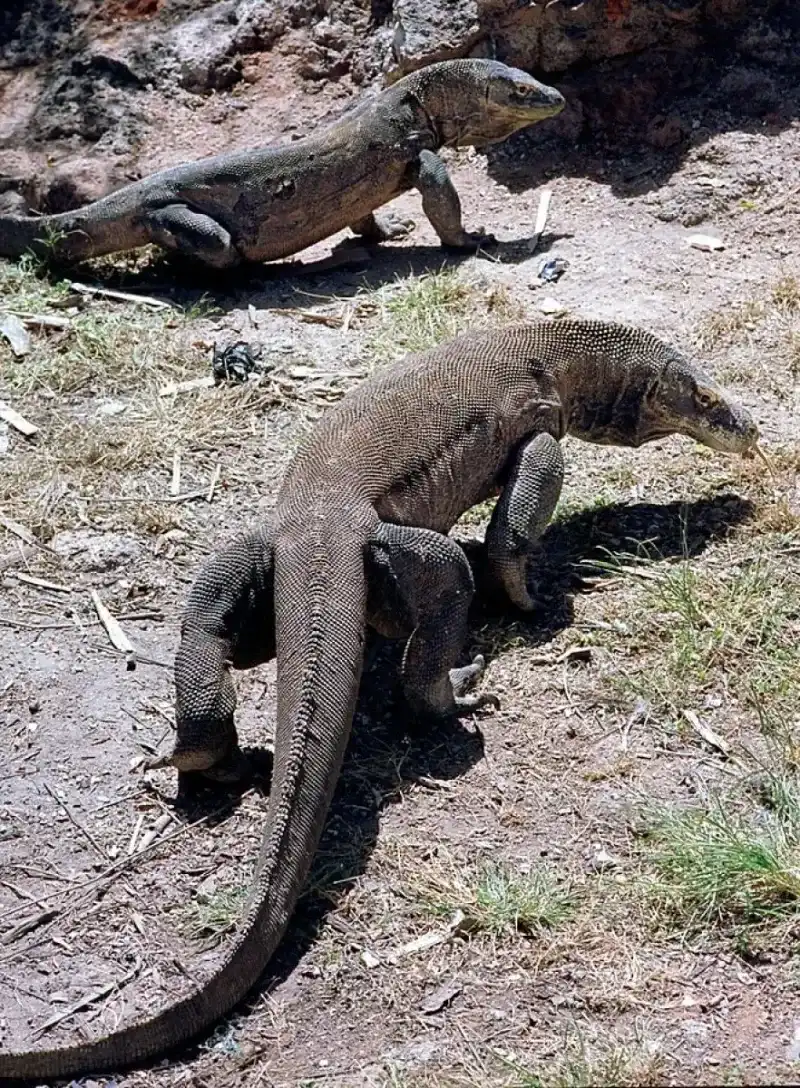
The Komodo dragon, the largest lizard on Earth, is a formidable predator. Native to a few Indonesian islands, these giants can grow over 10 feet long.
Their saliva is a toxic cocktail of bacteria, making their bite potentially deadly. With keen senses and powerful limbs, they hunt with precision.
While mostly scavengers, they won’t hesitate to attack if provoked. Despite their size, they can move swiftly and silently.
It’s best to admire these fascinating creatures from afar. Respect their space and observe them in their natural habitat, where they reign as the kings of their domain.
Tsetse Fly
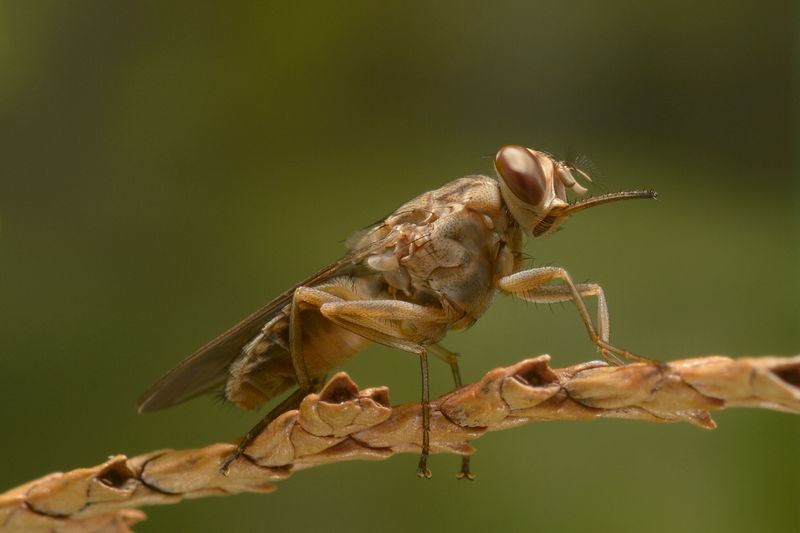
The tsetse fly may seem like an ordinary insect, but it’s a major health hazard in Africa. Known for transmitting sleeping sickness, its bite can have dire consequences.
The disease affects both humans and animals, leading to severe health issues and even death. Tsetse flies thrive in rural and wooded areas, where they lie in wait for unsuspecting victims.
Prevention is key—wearing protective clothing and using insect repellent can reduce the risk. This tiny creature is a reminder that danger comes in all shapes and sizes, even in the most unassuming forms.
Stonefish
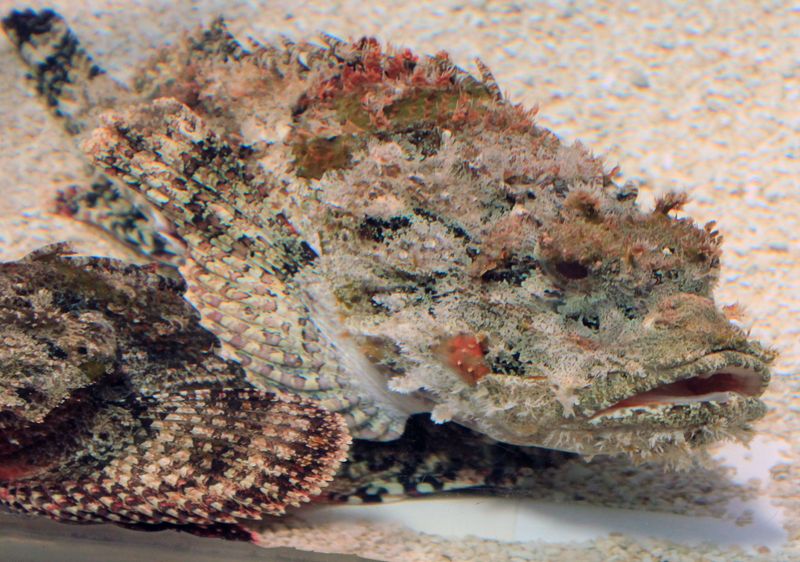
The stonefish earns its title as one of the most venomous fish in the ocean. Often mistaken for rocks, these masters of camouflage lurk on the ocean floor, waiting for prey.
Equipped with venomous spines, a sting can cause excruciating pain and even be fatal. Found in Indo-Pacific waters, stonefish are a hidden threat to swimmers and divers.
If stung, immediate medical attention is crucial. Their stealthy nature is both a defense mechanism and a hunting strategy. Always watch your step in rocky waters, as these dangerous creatures are experts at hiding in plain sight.
Brazilian Wandering Spider
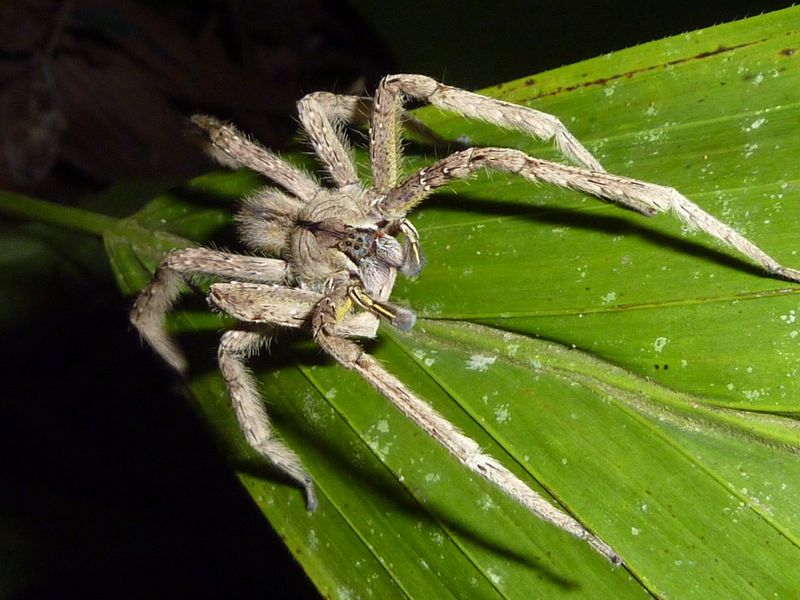
The Brazilian wandering spider is notorious for its aggressive nature and potent venom. Unlike web-weaving spiders, these roam the forest floor hunting for prey.
Its venom can cause extreme pain and, in rare cases, be life-threatening. Found in South American jungles, encounters can be startling.
With a leg span that can stretch over five inches, their presence is hard to ignore. Despite their fearsome reputation, bites are rarely fatal with prompt medical treatment.
Remain cautious and vigilant in their habitats. Respecting their space is vital, as these arachnids prefer to avoid rather than confront.
Inland Taipan
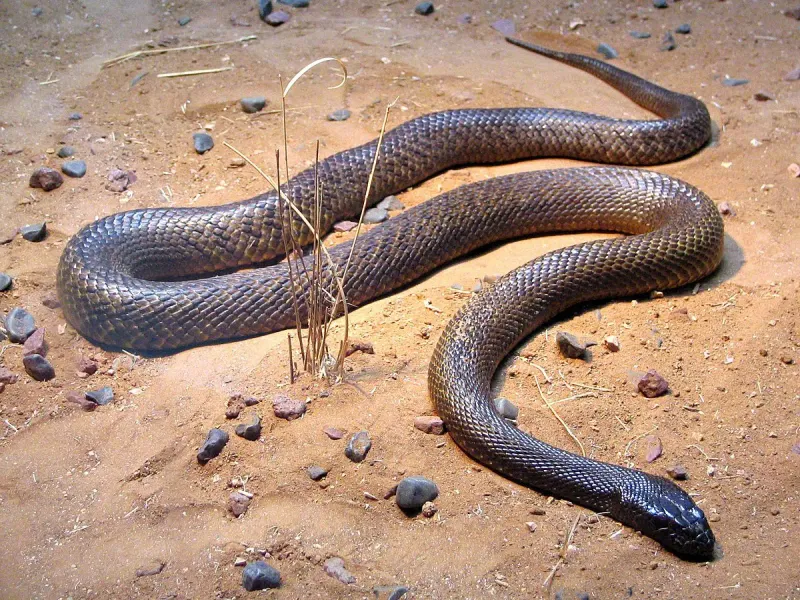
The inland taipan holds the record for the most venomous snake in the world. Native to Australia’s arid regions, it’s rarely seen by humans.
Its venom is a lethal mix designed to immobilize prey swiftly. Incredibly, its bite can kill in under an hour if untreated.
Yet, this snake is shy and prefers to stay hidden, avoiding human contact. Despite its deadly potential, it poses little threat to people when left alone.
Encountering an inland taipan is a rare and dangerous event. Appreciate their existence from a distance, and let these elusive snakes continue their quiet lives in the wild.
Cassowary
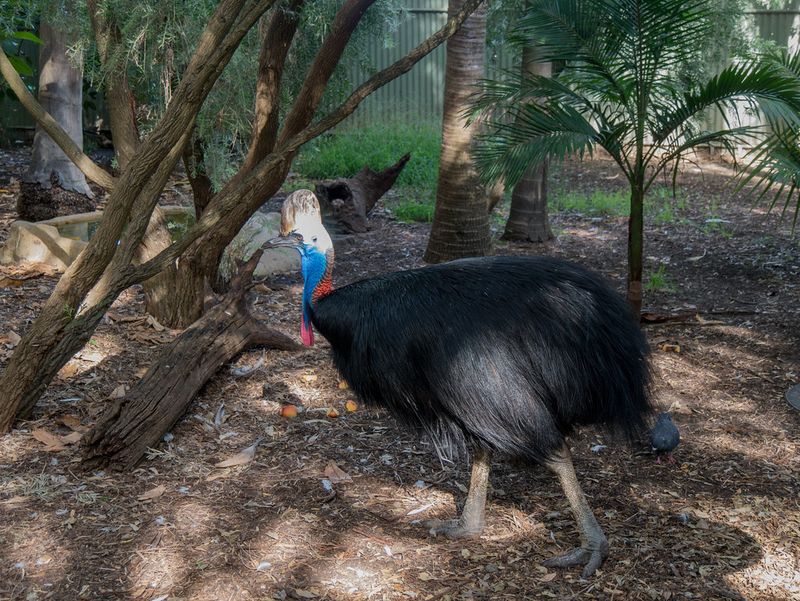
The cassowary, often dubbed the world’s most dangerous bird, is a force to be reckoned with. Residing in the tropical rainforests of Australia and New Guinea, it’s known for its powerful legs and sharp claws.
A swift kick can inflict serious injury. Though generally shy, they can become aggressive if threatened.
Standing over five feet tall, their appearance is as striking as their demeanor. It’s crucial to maintain a respectful distance and avoid provoking them.
These magnificent birds are reminders of the untamed beauty of nature, where danger can come in unexpected forms.
Deathstalker Scorpion
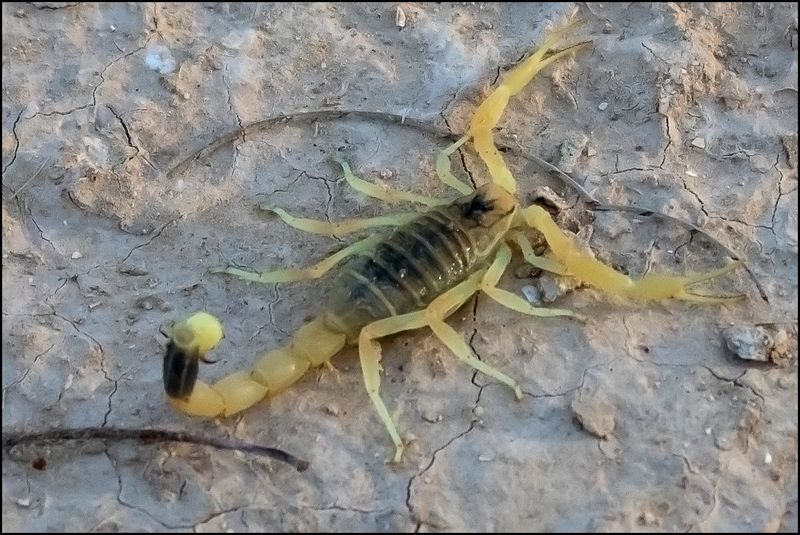
The deathstalker scorpion’s name says it all: it’s one of the most feared scorpions on Earth. Found in North Africa and the Middle East, its venom is a potent neurotoxin causing intense pain and, in rare cases, fatalities.
This nocturnal hunter hides under rocks and in crevices during the day. Its yellow coloring can be misleading, as it blends with its sandy environment.
While fatalities are rare due to antivenom, caution is advised when traveling in their territories. Respect their nocturnal habits by being vigilant during moonlit explorations, as these small predators are masters of their domain.
Wolverine
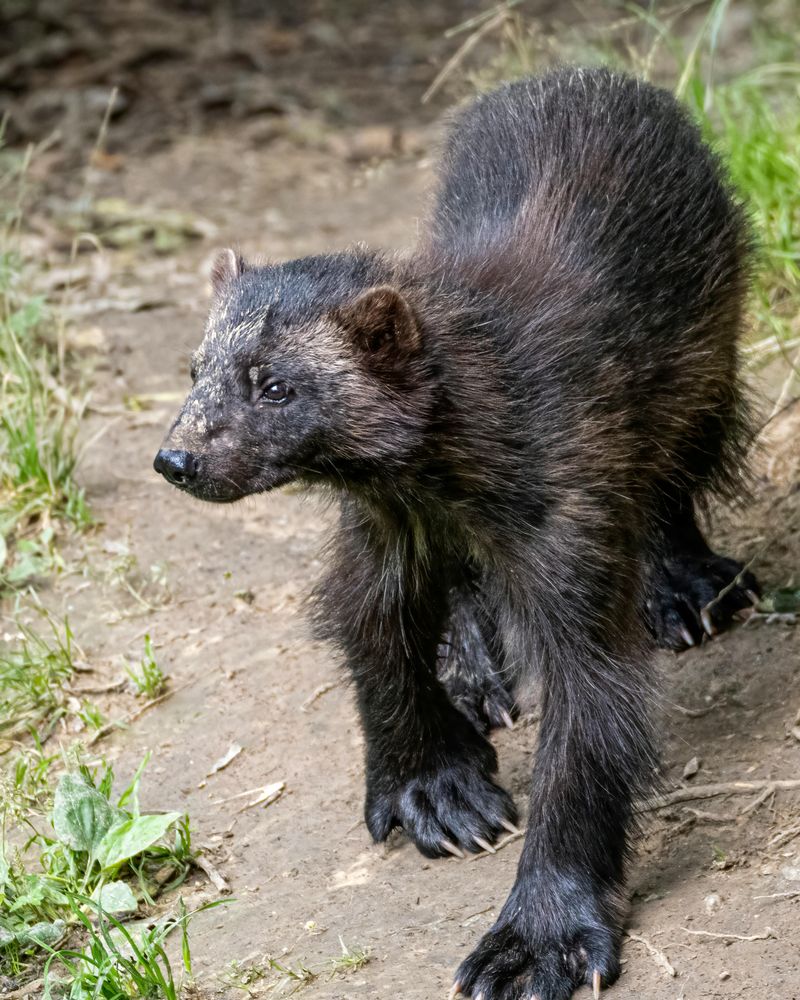
Wolverines, though small compared to other predators, are ferocious and fearless. Found in northern wildernesses, they possess incredible strength and stamina.
With powerful jaws and sharp claws, they can take down prey much larger than themselves. Their solitary nature and elusive behavior make encounters rare, but not impossible.
Despite their size, they are unafraid to defend their territory fiercely. It’s wise to respect their space and admire these tenacious creatures from afar.
In the wild, wolverines embody the spirit of survival, showcasing nature’s remarkable adaptability and resilience.
Bullet Ant
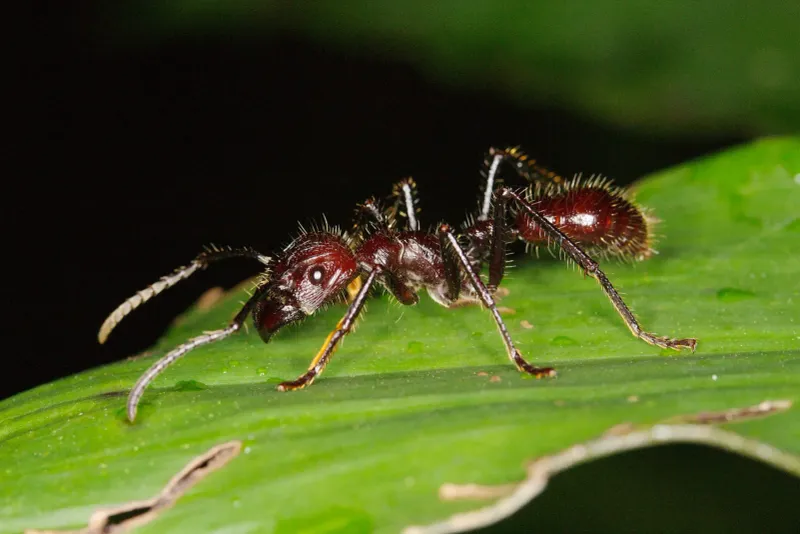
The bullet ant is infamous for its intensely painful sting, often described as feeling like being shot. Found in the rainforests of Central and South America, these ants are not aggressive but will defend their territory fiercely.
Their sting, while not deadly, can incapacitate victims with waves of pain lasting up to 24 hours. Indigenous tribes use them in initiation rituals, a testament to their formidable reputation.
Despite their size, they command respect in their ecosystem. Observing them from a distance is prudent. These tiny yet powerful creatures remind us of the immense strength found in nature’s smallest beings.

